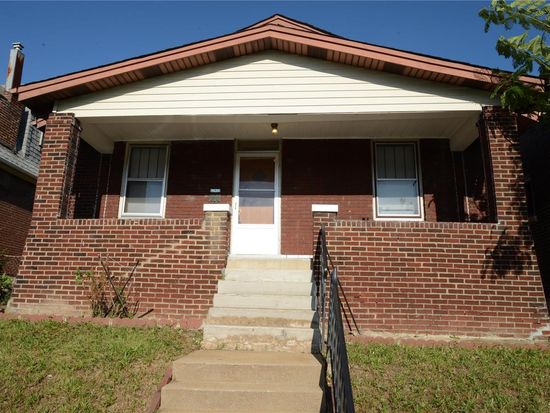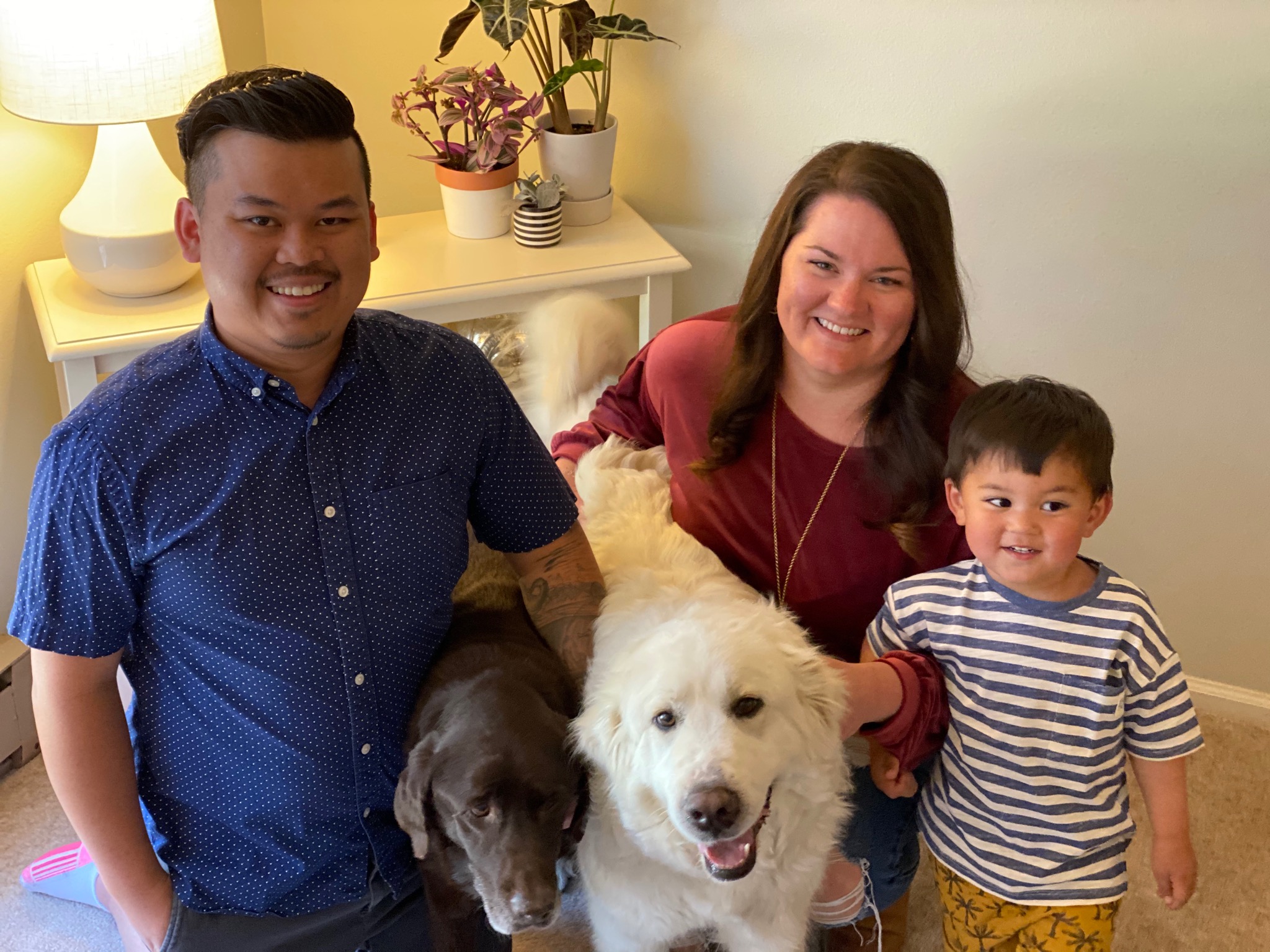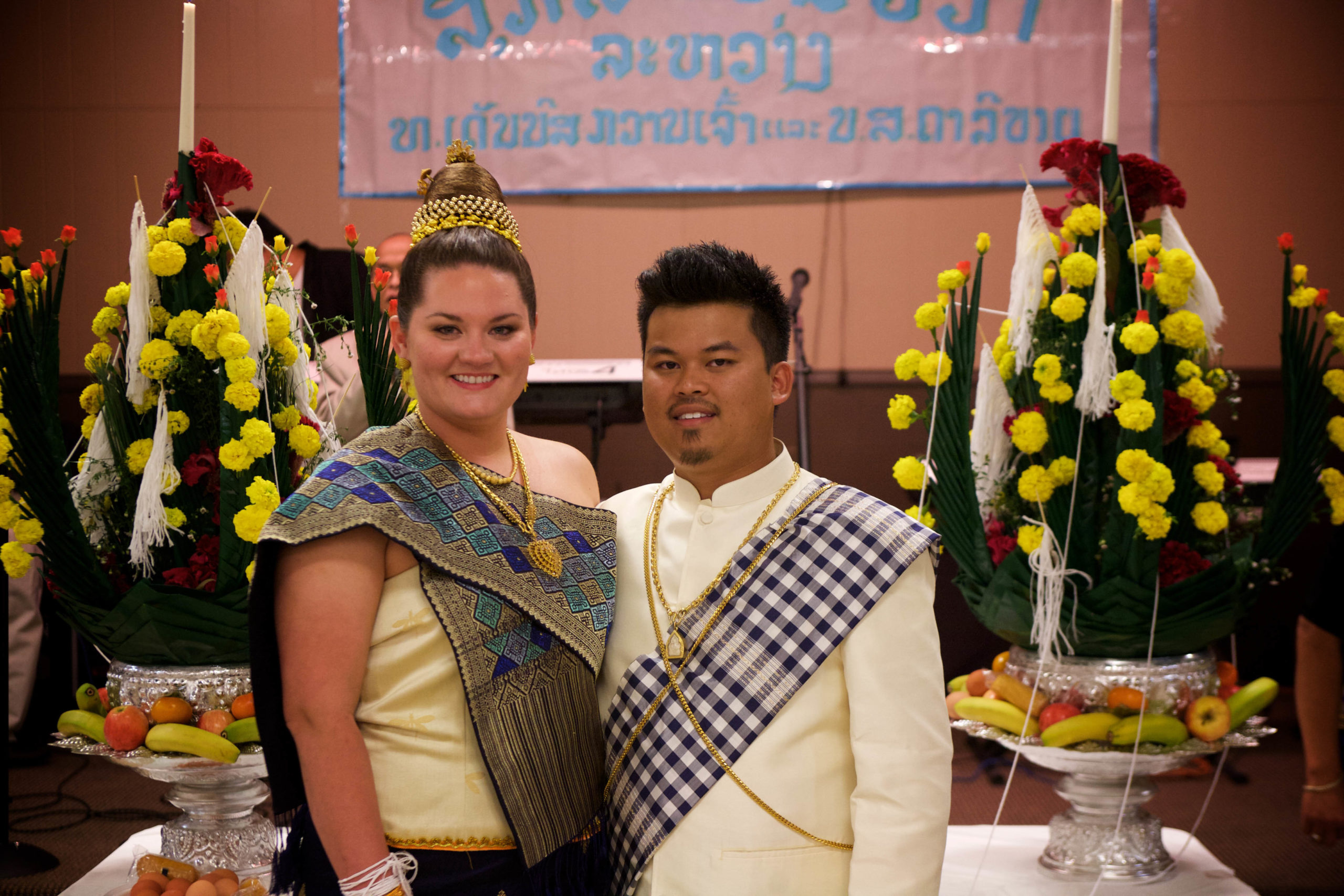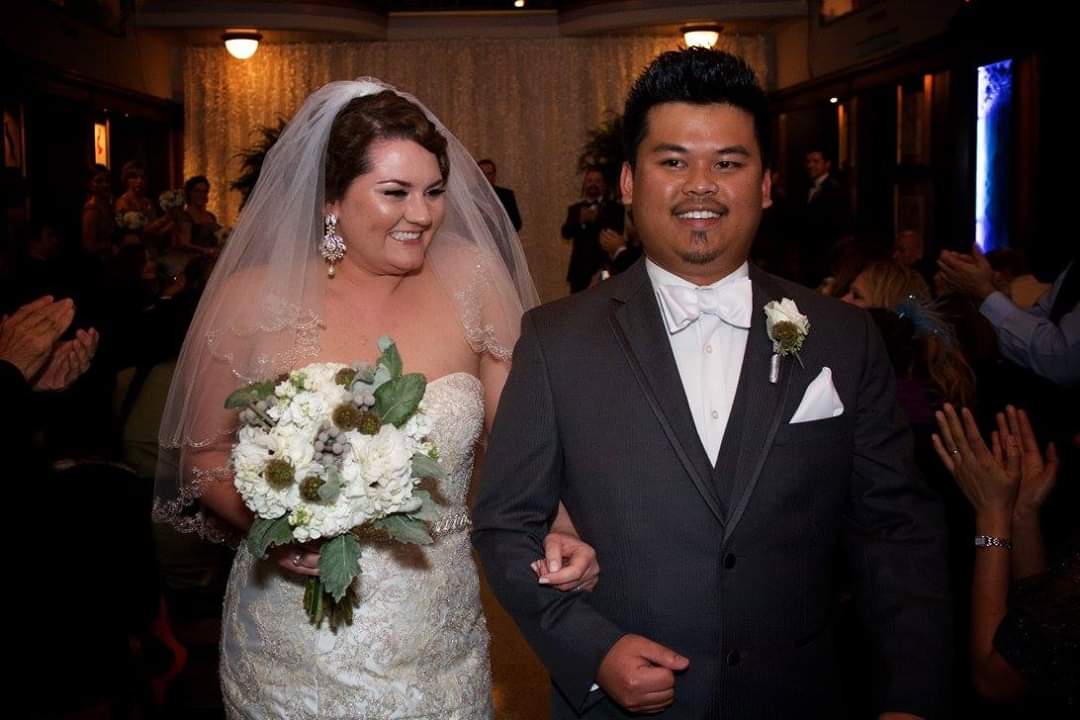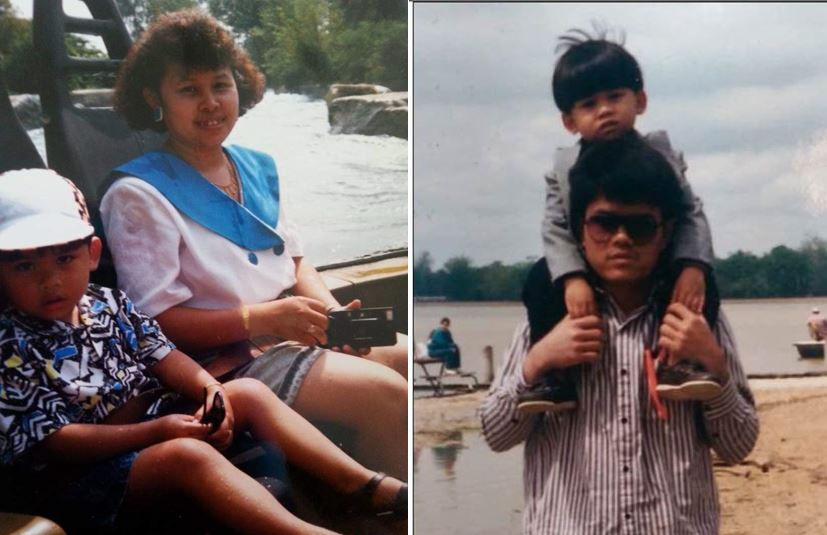
A piece of Laos in the heart of America
Denver Water is very proud of our diverse workforce. We asked a few of our employees to share accounts of their cultures and experiences for Asian Pacific American Heritage Month, which occurs in May and celebrates the achievements and contributions of Asian Americans and Pacific Islanders in the United States.
https://www.denverwater.org/tap/search?search_api_fulltext=asian
Most American kids growing up know their neighbors well, but for Dennis Kouanchao, he knew the entire neighborhood.
Kouanchao, a reporting analyst at Denver Water, is a first-generation American who grew up in a St. Louis, Missouri, community that was largely made up of immigrants from Laos.
Laos is a small and beautiful landlocked country about the size of the state of Utah, sandwiched between Thailand and Vietnam. Because of the Vietnam War and an ongoing civil war that brought about a regime change in Laos, many Laotians were forced to leave the country. Decades later, clusters of unexploded bombs still lay buried all over Laos.
“When I asked my mother about why they left Laos for the United States, one of the reasons she said was that it quite simply wasn’t safe for them to live there anymore,” Kouanchao said.
In 1982, Kouanchao’s mother, Simone, moved to St. Louis with her parents. As a teenager, she lived in a one-bedroom apartment with her parents and eight siblings for the next five years. Kouanchao’s father, Sengaloun “Al,” had moved from Laos to Minneapolis, because he had a cousin living there.
Kouanchao’s parents met when his dad visited St. Louis looking for a job. Later, his dad tracked down Simone’s contact information from a mutual friend and called her house.
“In Laos, marriages are traditionally arranged between parents, but my dad basically arranged his own marriage,” Kouanchao said. “He had to work hard, because my grandfather made him prove himself.”
Kouanchao describes the Lao community he grew up in as a bigger extension of his own family, where all the other families help and support each other.
“Lao people are often very relaxed with a ‘don’t worry, we’ll take care of it’ attitude toward life,” Kouanchao said. “Doors are open to everyone, and you get help if you need it.”
Kouanchao said that in his experience, this is something that persists in all Lao communities, as every Lao community he visited in other states were as friendly and open as the one in St. Louis.
“Even when you meet another Lao family for the first time, they’ll consider you family and call you sister, brother, aunt or uncle, depending on your age and status,” Kouanchao said. “If you’re not disrespecting elders, you’re welcome.”
Respecting elders is one of the key elements of Theravada Buddhism, which is what most Lao practice.
Kouanchao’s family practiced Buddhism, though he attended a Catholic school every day.
“Every day, I would go back and forth between two completely different cultures,” Kouanchao said. “I struggled with it for years, feeling like I was living two lives.”
Before Kouanchao started middle school, his family made a major change and moved about 30 minutes away from the Lao community to a suburban neighborhood. Kouanchao quickly learned his new neighbors had a complete lack of knowledge about his family’s culture.
“The area we moved to was great, though there were only three of us in my class who weren’t white,” Kouanchao said. “People were familiar with Vietnam and Thailand, but not Laos. There were times I felt completely invisible, like a stranger in my own town. I frequently thought, ‘What am I doing here?’”
Kouanchao learned not to react to odd looks or comments by tapping into the “don’t worry” approach he learned from the Lao community, expecting everything to work out fine. The approach worked.
“When I didn’t make a big deal about things, I took away the opportunity for people to respond to me negatively,” he said. “I formed an amazing group of friends, and things started to feel normal.”
Now, Kouanchao sees that 30-minute move away from the Lao community as one of the pivotal events of his life.
“In the 1990s, Asian gangs were big in St. Louis. I had friends with older siblings who were getting into gang life, and it was starting to imprint onto younger siblings,” Kouanchao said. “Had we not moved, it’s possible I could have been pulled into that, because there was no way to stop it. Even when parents tried to dissuade their kids from joining, the kids still went.”
Kouanchao felt those Lao kids were struggling to know who they really were, much like he had struggled after the move.
“I’m sure some of those gang kids saw other American kids with their bigger-better-nicer things, which they didn’t have,” Kouanchao said. “They couldn’t get those things fast enough without being in a gang.”
Thanks to family, friends and school, Kouanchao eventually became comfortable in both worlds ― western and Lao. Part of that was due to another childhood friend who fit into both of his worlds.
“I have known my wife, Kali, since I was 10 years old,” Kouanchao said. Kali was well-known in the Lao community and since the population in their neighborhood was mostly Lao and Vietnamese, Kali was one of the few Caucasian people at her school. She understood Kouanchao well.
Even so, dating had challenges for them.
“Because of the traditionally arranged Lao marriages, people automatically think you’re going to get married to whoever you date,” Kouanchao said. “My wife wasn’t offended when people would ask me, ‘Why are you going to marry the white girl?’ I would smile and respond, ‘Because I love her!’”
Later, they would have two weddings ― a small American wedding with about 80 guests, and a traditional Lao ceremony where everyone was invited and over 400 people attended.
The sense of community is something that Kouanchao cherishes most about his Lao upbringing.
“Laos is one of the poorest countries in the world. I think people felt they had to stick together and help each other in order to survive,” he said. “That state of mind has stayed in the Lao community everywhere I’ve seen, and it’s amazing.”
When Kouanchao and his wife moved to Colorado, he wasn’t sure what the Lao community was like. For the anniversary of his father’s passing, Kouanchao wanted to make a traditional Lao meal that his dad loved. The only problem was that he didn’t know how to make one of the dishes.
“One of my wife’s co-workers is Hmong and her husband is Lao, and they knew someone who could make that dish,” he said. “To no surprise, I called a complete Lao stranger and she helped me out.”
Now, Kouanchao is in a place where he’s comfortable with all aspects of his life.
“I’ve realized I can live with both of these cultures, and I can take these bits and pieces of who I am and apply them to all aspects of my life,” Kouanchao said. “I don’t have to choose and I’m incredibly happy where I am.”


